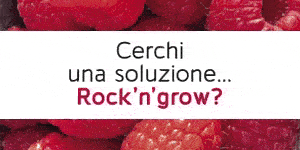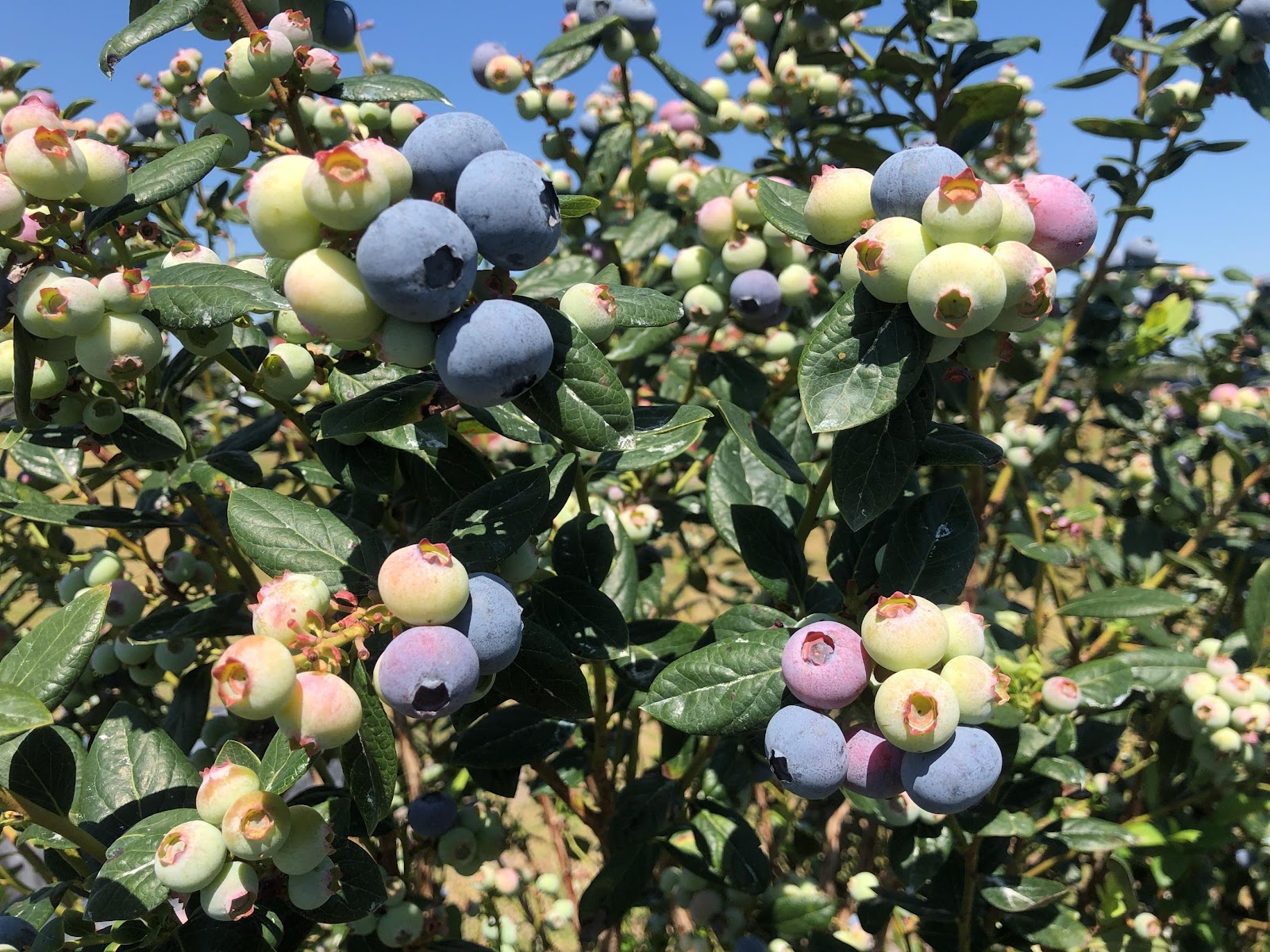For the first time in Italy, household consumption of blueberries breaks through the € 100 million mark, according to data from Italian Berry - GfK. In fact, with an increase of 1.6 percent over the previous year, total spending by Italian households rose from € 98.7 million to € 100.4 million.
EXPENDITURE RISES, BREAKING THROUGH € 100 M
blueberry represents the leading product in the berries category (59 percent) and is the only one that has recorded an increase in spending over the past twelve months. During the same period, the fruit and vegetable department recorded a retreat in spending, which fell by 2.3% to 5469 million euros. Thus, blueberry accounted for 1.8 percent of fruit and vegetable sales in Italy.
The amount of blueberries purchased by Italian households also shows an increase, from 13,961 tons (2021) to 14,784 tons (2022) with a positive sign of 3.9%. Even in volume, blueberry occupies 59% of the berries basket of Italian households. Compared to total fruit and vegetables, blueberries accounts for 0.3% of the quantities purchased during 2022.
BUT HOUSEHOLD BUYERS DROP

Analyzing the data in more detail, however, a picture of light and shadow emerges. In fact, the overall positive results described by the increasing quantity and value indices conceal a number of negative indicators that have severely limited the development of consumption of blueberries.

Thus, the trend already reported six months ago(With the Handbrake Pulled) continues: the positive effect of consumer behavior, which increases frequency of purchase, spending per household and spending per shopping occasion is almost completely absorbed by a worrying hemorrhage of household buyers.
So households are buying more, more often, and with an increasing average receipt: butover 158,000 households have disappeared over the course of 2022 and have stopped buying blueberries and have not bought a single package in 12 months. These are households that had purchased blueberries at least once during 2021 and decided to abandon the product.
INCREASE THE FREQUENCY OF PURCHASE



But let's look in detail at the main indicators that describe the purchasing behavior of Italian households.
On average, blueberries are purchased 6 times a year in Italy. This figure is up 4.5 percent from 2021, when it was 5.7. The frequency of fruit and vegetable purchase was 49.3 in 2022, which is equivalent to an almost weekly frequency throughout the entire year. But only once in 8 times does the fruit and vegetable consumer also buy a package of blueberries.
And how does the household purchasing manager behave when purchasing blueberries? Spending patterns are described by two indicators: spending and quantity per purchase occasion. Quantity per purchase occasion increased in 2022 by 2.3 percent compared to 2021, from 0.26 kg to 0.27 kg. Average expenditure remained essentially unchanged at €3.06. Thus in 2022 the consumer at each expenditure purchased more blueberries while keeping the incidence on the receipt unchanged.
QUANTITY PER HOUSEHOLD +6.9% IN 2022
The combined effect of increased frequency of purchase and increased quantity per shopping occasion was a 6.9 percent increase in the quantity of blueberries purchased per household from 1.51 kg/year in 2021 to 1.61 kg/year in 2022.
The average price of blueberries dropped by 2.2 percent in 2022 compared to 2021, from Eur 11.64 to Eur 11.39, equivalent to Eur 1.42 for a 125 g package. This is the lowest level in the berries category, which averages Eur 11.46 per kilogramme, peaking at Eur 15.14/Kg for raspberries.
The deflationary push on blueberries prices has had a calming effect on spending, which, as we have seen, has increased less than the quantities consumed. Italian consumers thus found themselves increasing their purchases by seeing less than proportionate increases in spending. The generally cheaper blueberries thus triggered a positive effect on purchasing behavior as evidenced by GfK data.
PENETRATION DROPS AND TAKES AWAY OPPORTUNITIES


But all this positive trickle-down effect has been almost completely absorbed by a strong negative phenomenon: the decline in penetration, i.e., the decrease in the number of households that purchased blueberries at least once during 2022. Penetration of blueberries in Italy is already very low compared to, for example, the United Kingdom: while in our country about 1 in 5 households buys blueberries, penetration among British consumers is over 50 percent, with 1 in 2 households buying blueberries at least once a year.
In Italy, this already low penetration further decreased by 0.2 percentage points, from 21.5 percent in 2021 to 21.3 percent in 2021. Since overall fruit and vegetable penetration has not decreased over the same period, this means that a portion of Italian consumers have shifted from blueberries to other fruits. In particular, this phenomenon is part of a general decline in the penetration of the entire category of berries, from 29.8% and 28.8%.
This decline in blueberries penetration has translated into 158,000 fewer households: at 21.3 percent penetration, it is as if a city larger than Bologna suddenly stopped buying blueberries.
A PICTURE WITH MORE SHADOWS THAN LIGHTS
In conclusion, spending on blueberries is the result of two conflicting pushes: the decline in household buyers and the increase in purchases by households that have bought blueberries at least once a year.
With this consumption structure, an intervention aimed at increasing consumer loyalty on the one hand and market penetration on the other would have a multiplier effect on consumption of enormous impact. In fact, loyal consumers have positive average buying behavior, but nothing is being done to counteract the decline in household buyers let alone expand the pool of buyers.


This trend is taking away important growth opportunities from a sector that in other markets has already reached a consumption size 6 times larger than in Italy: in the UK, blueberries consumption is around 50,000 tons compared to the scarce 9,000 tons in Italy: what are we waiting for to actively intervene to take advantage of a huge potential for growth, turnover, profitability and satisfaction?
All rights reserved - Italian Berry - CC BY License










